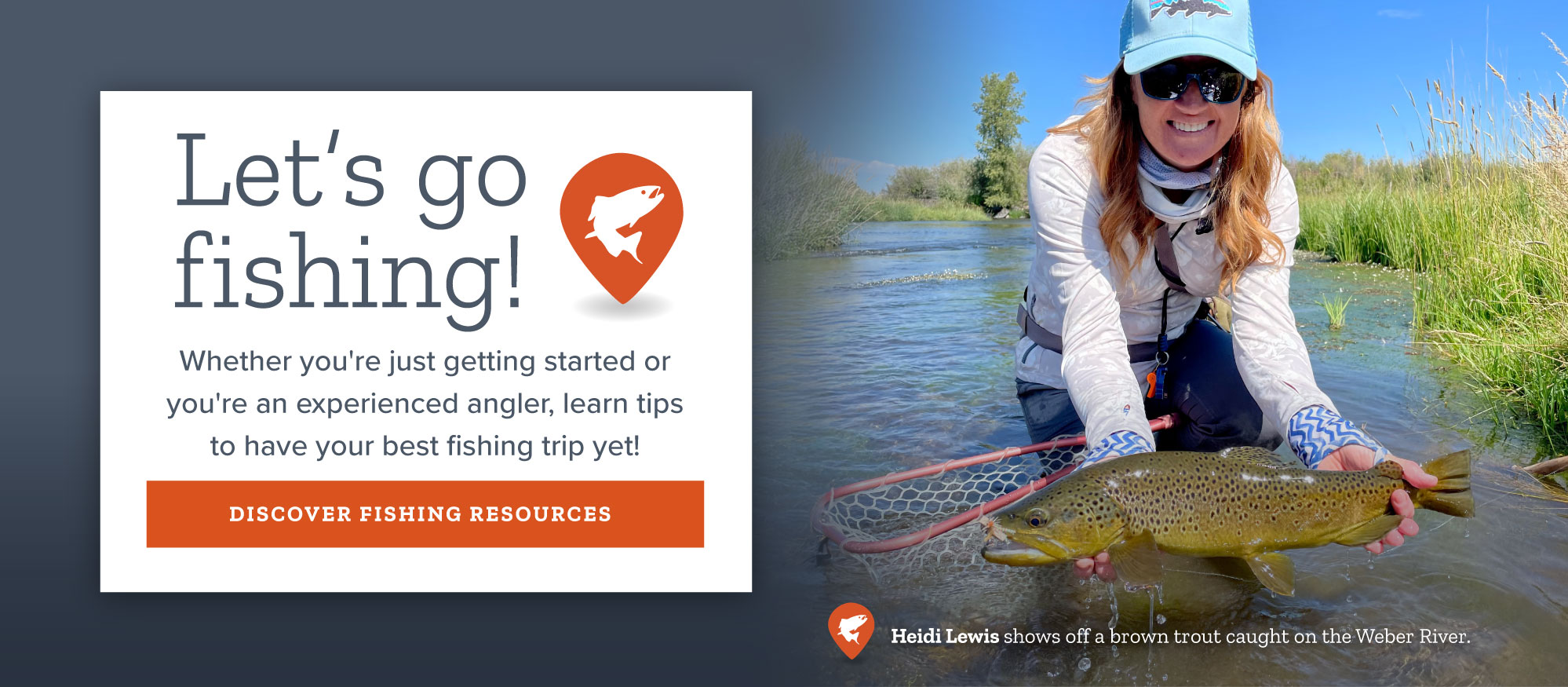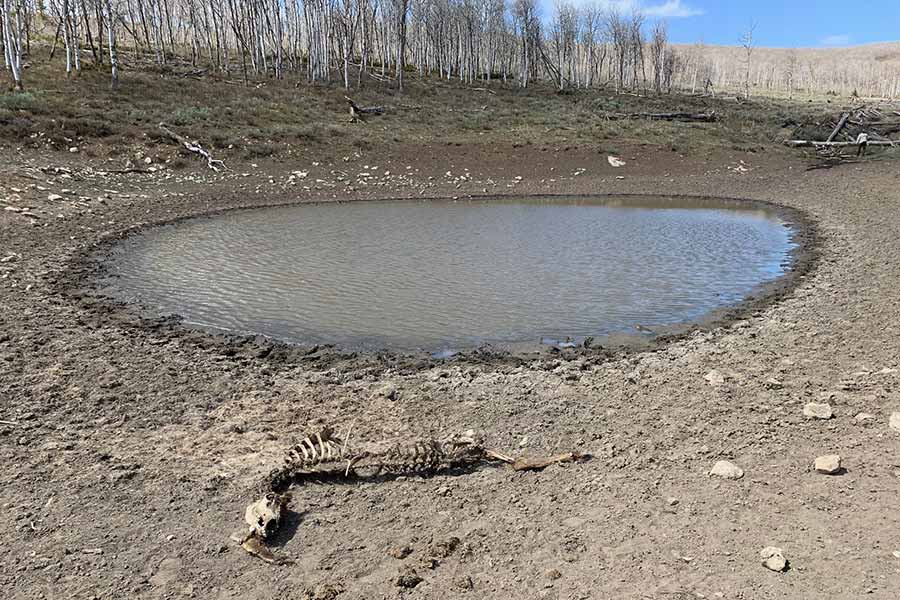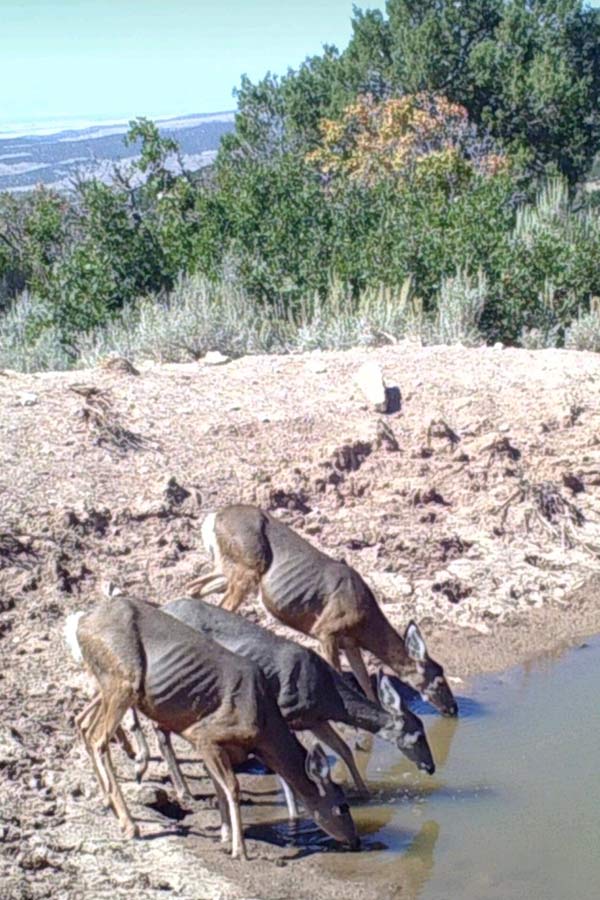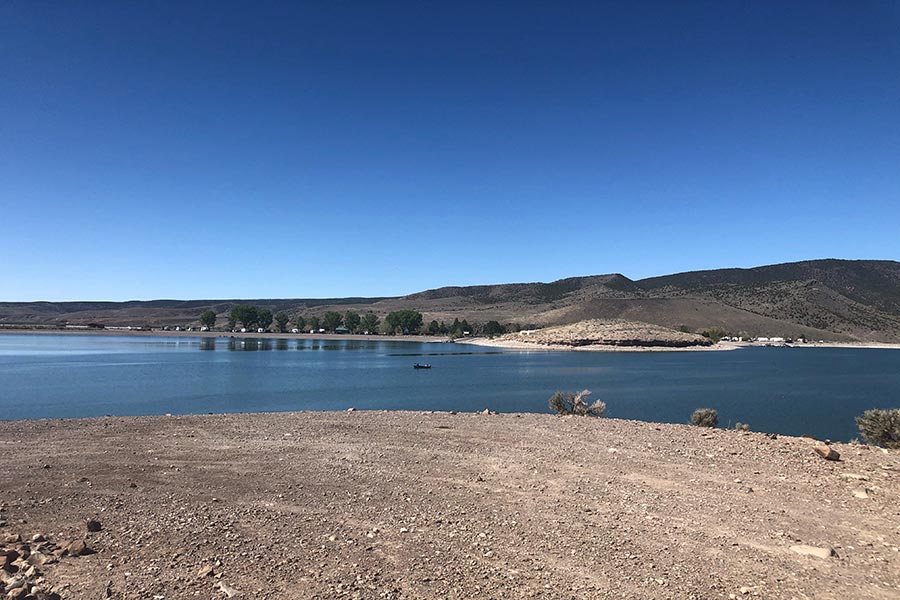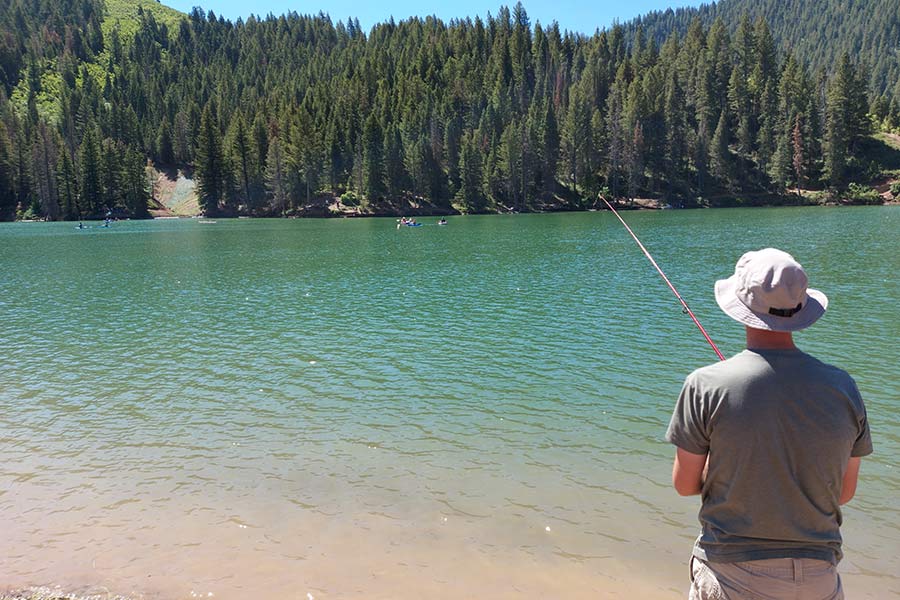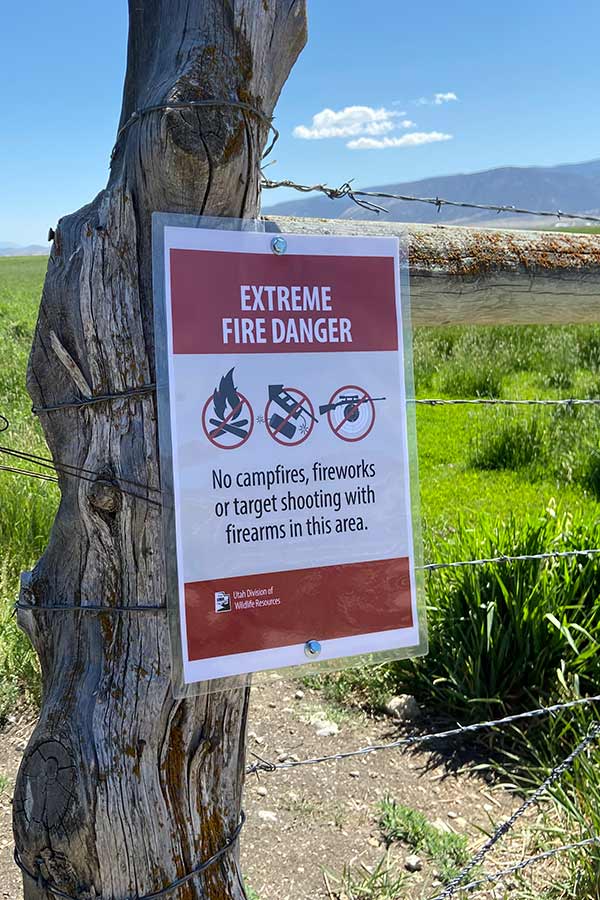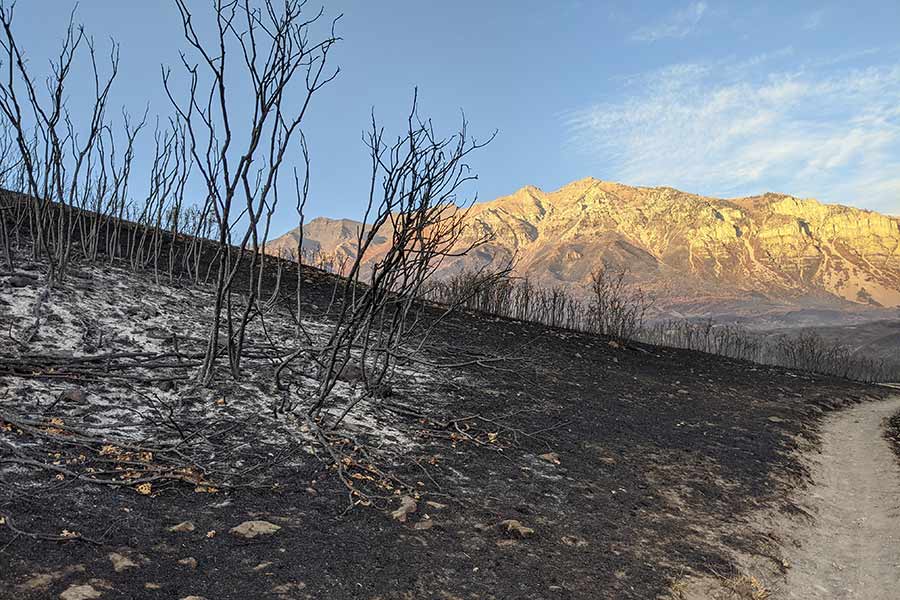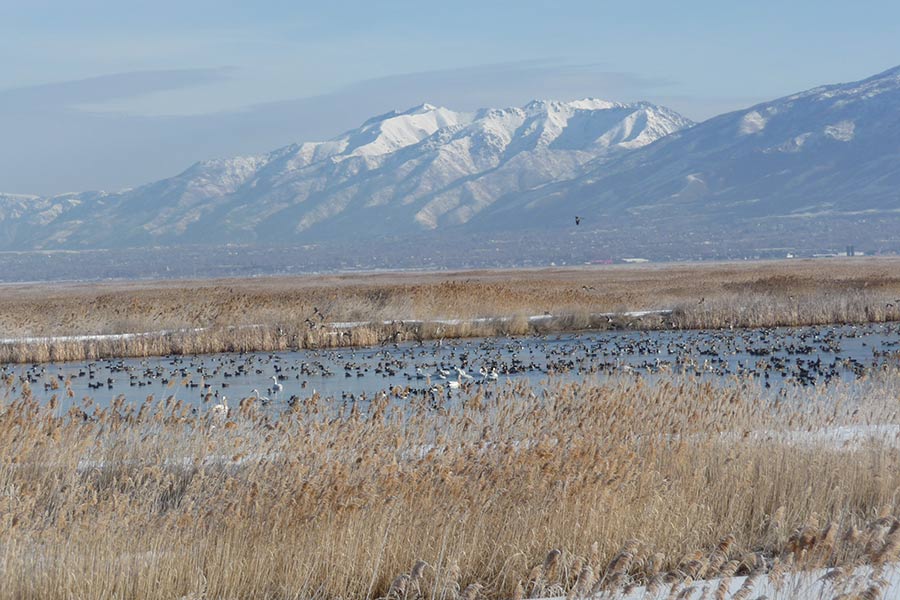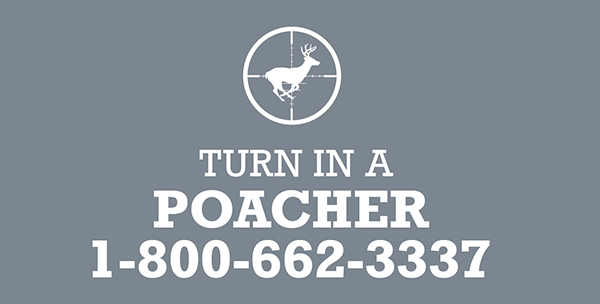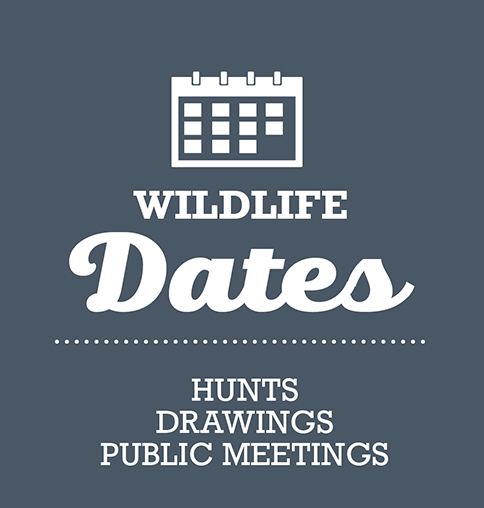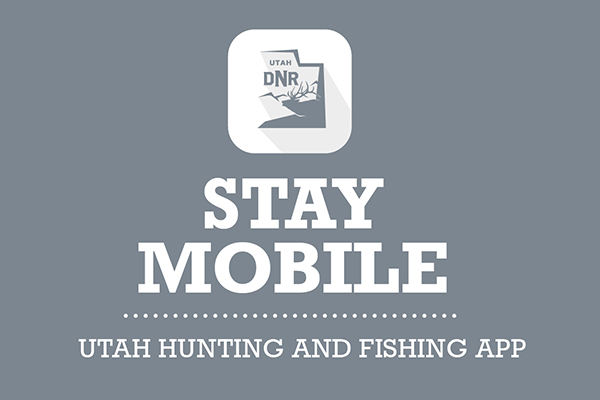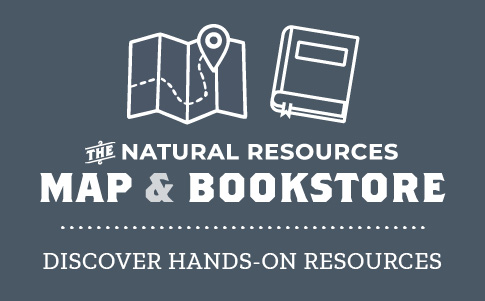Dealing with drought (articles from 2021)
Updates from the DWR
This page contains articles and information about the Utah drought of 2021. For items about the 2025 season, see the current Dealing with drought page.
'The worst year on record'
In June 2021, Utah Gov. Spencer Cox issued a third executive order for Utah's drought, saying 2021 "could be the worst drought year on record." Over 90% of the state is currently experiencing extreme or exceptional drought conditions, which can cause more wildfires, reduce agricultural production and affect wildlife populations.
This page is a resource for describing the effects of Utah's current drought on wildlife in the state, as well as explaining how the Utah Division of Wildlife Resources is working to try and mitigate these effects.
How does drought affect Utah's fish and wildlife?
Drought affects many fish and wildlife species. In a nutshell, it may lead some animals to seek food and water in urban areas, causing conflicts with humans. More animals may die due to competition for increasingly limited resources. Here are a few ways drought impacts fish and wildlife:
Wildlife
Deer and other big game species can be severely affected by drought. The limited availability of food and water can lead to a reduced number of newborn fawns and fewer fawns that survive their first year. The harsh conditions can also reduce the number of huntable buck deer and result in lower overall deer population numbers.
Drought can also impact antler growth for buck deer because a sparse food supply provides fewer nutrients, which bucks need to grow antlers. Pregnant does also struggle with the decreased food supply during drought years, and if their body condition is poor during pregnancy, their male offspring may have relatively smaller antlers, even after reaching maturity.
Deer and other wildlife can end up in your yard or garden to find food, although there are ways to deter them. It is important that you not try to feed animals such as deer, moose or bear yourself, as you may cause more harm than good. The animals could become habituated and lose their natural fear of people, or they could attract predators.
The best way to help wildlife is to leave them alone and let them stay wild. If, however, you see an animal that looks sickly, is injured or is acting aggressively, you should report it to the nearest DWR office. (Here are other common wildlife scenarios where you should contact the DWR.)
Fish
Drought impacts fish by reducing the amount of water available in lakes, reservoirs and streams. Less water heats up more quickly and has less oxygen, stressing the fish and causing more to die. Trout in low-elevation waterbodies are most likely to be impacted by drought, although all fish species can be affected.
The DWR will continue to stock most fisheries at about the same levels as before, but if you like to fish, you should visit your favorite lakes and reservoirs as early and as often as you can. Water levels at some places could be so low in the summer that boat ramps won't be functional. Also, go fishing in the mornings and evenings when temperatures are cooler. And if you release your fish, do it in deeper, cooler water so they are more likely to survive.
DWR's ongoing efforts to mitigate the impacts of drought
Because of the dire conditions and the challenges facing fish and wildlife, the DWR has been proactively working to reduce the effects of drought in the following ways:
Lower water levels at Lake Powell, May 2021
Working with the agriculture community
With current drought conditions statewide, DWR staff have an increased focus on wildlife depredation and are working hard to alleviate damage on agricultural properties.
The DWR will use all available management tools and programs to assist private landowners and agricultural producers to minimize wildlife damage to their properties.
Visit the Utah Department of Agriculture and Food website to find additional drought resources for livestock producers.
Decreasing the number of big game permits
Ongoing drought has resulted in reduced productivity of critical wildlife ranges, decreased animal survival and lower statewide population levels of many big game species. As a result, the Utah Wildlife Board approved a decrease in big game permits for the 2021 season. For example, there are 5,650 fewer general-season deer permits in 2021, compared to 2020 permit numbers.
The DWR will also continue to monitor the following:
- Range conditions
- Competition between elk and deer
- Impacts to agricultural lands
If necessary, the DWR will also ask the Utah Wildlife Board to approve additional elk permits later this summer.
Increasing fishing limits at certain waterbodies
The DWR announced several emergency orders during the summer of 2021 for waterbodies around Utah that were expected to experience low water levels and fish loss due to ongoing drought conditions. The orders increased daily fishing limits, giving anglers the opportunity to harvest additional fish before fish loss occurs.
The DWR will continue to monitor drought conditions statewide and will make additional fishing changes as needed.
9/7 Update: WMA restrictions removed
Due to recent rain storms decreasing the wildfire risk for several areas of Utah, the DWR has removed its ban on campfires and recreational target shooting with a firearm on all WMAs except for those in areas still under Forestry, Fire and State Lands restrictions. Utahns are still urged to do their part in preventing wildfires, particularly during continuing drought conditions.
Closing WMAs to recreational target shooting and campfires (Removed)
The DWR owns and manages many wildlife management areas (WMAs) throughout the state. These areas were acquired with funding from hunters and anglers for the following purposes:
- Conserve critical wildlife habitats
- Help minimize and mitigate wildlife depredation on private property
- Provide places where Utahns can go to hunt and fish
Extreme statewide drought has led to restrictions that will temporarily prohibit recreational target shooting and campfires on all WMAs. The DWR is monitoring conditions closely, and these activities will again be allowed as soon as drought conditions improve and it is safe to do so.
The temporary restrictions only apply to target shooting with a firearm and campfires — legal possession of a firearm and hunting are not affected.
Rehabilitating lands burned by wildfires
Because of the drought, Utah faces the high likelihood of an extraordinarily destructive wildfire season this summer. As of June 23, 2021, there have been 420 fires that have burned more than 57,000 acres, and nearly 81% of those fires were caused by humans.
The DWR and its partners in Utah's Watershed Restoration Initiative work throughout the year to rehabilitate and reseed high-priority watersheds and wildlife habitats damaged by fires.
Hauling water to guzzlers to help wildlife populations
Drought has resulted in several other negative impacts to wildlife, including the drying up of water sources. The DWR and its partners are working to identify critical locations where water is currently unavailable and are hauling water to many guzzlers to help wildlife populations until the drought subsides.
Additional resources
- DWR proposes updates to mountain goat and bighorn sheep statewide management plans, deer unit plans
- Want to see bats in the wild? Attend 2 upcoming DWR viewing events in southeastern Utah
- Utah Wildlife Board approves permit surrender options for hunts impacted by Monroe Canyon Fire; 4 new members named to wildlife board
- Celebrate National Shooting Sports Month in August with discounts at 2 DWR ranges
- Over 13K boats inspected for aquatic invasive species during Pioneer Day weekend
- Planning to archery hunt in 2025? How to prevent injuries and prepare for a safe, successful hunt
- DWR conducting 2025 waterbody treatments in High Uintas to help restore native cutthroat trout
- DWR hosting mountain goat viewing event in Beaver County
